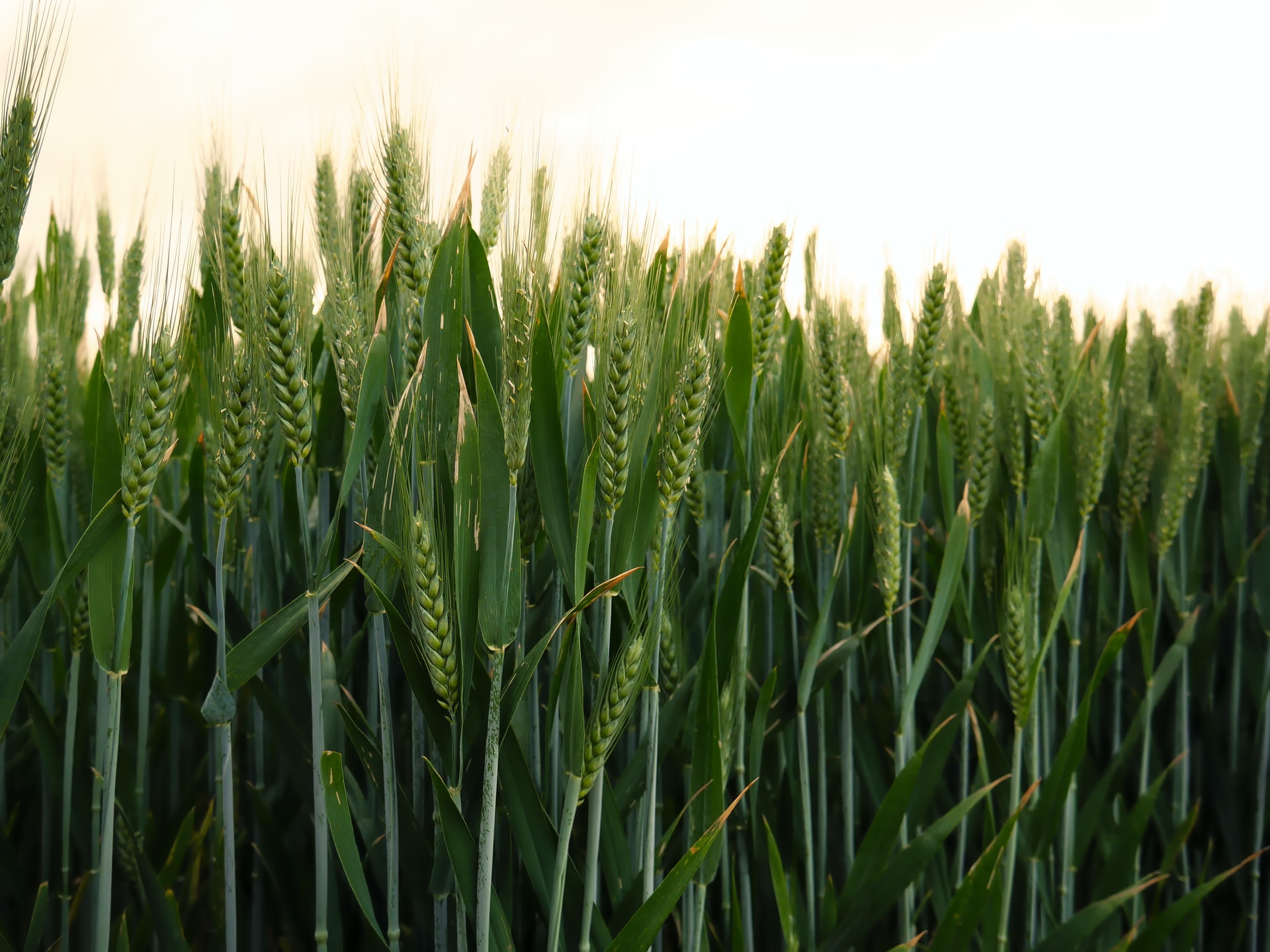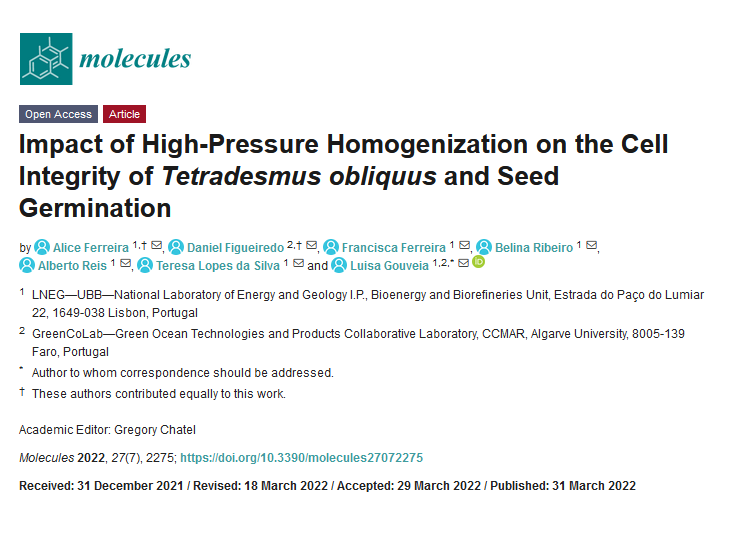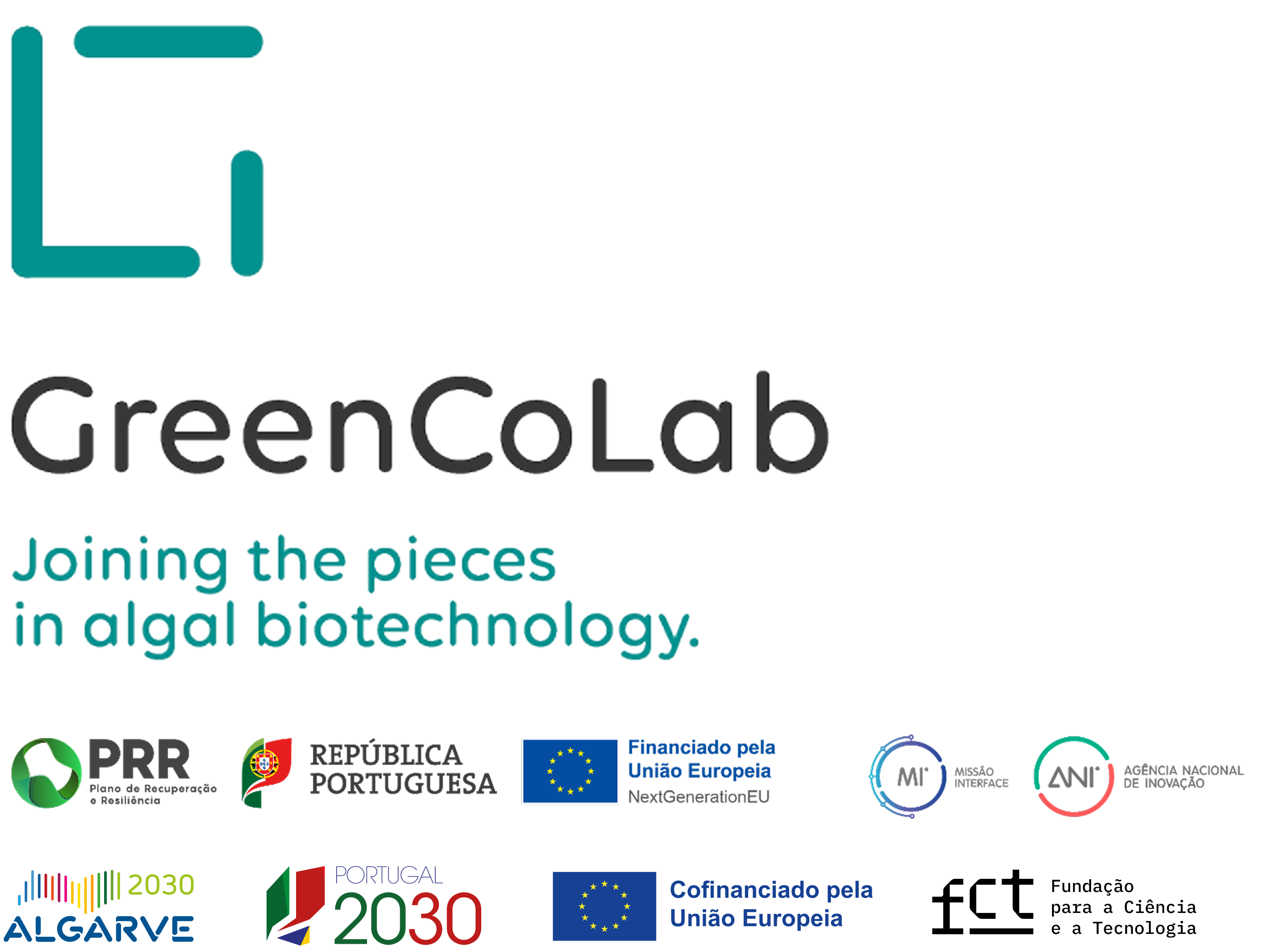

TITLE
Impact of High-Pressure Homogenization on the Cell Integrity of Tetradesmus obliquus and Seed Germination
JOURNAL
Molecules
AUTHORS
Alice Ferreira, Daniel Figueiredo, Francisca Ferreira, Belina Ribeiro, Alberto Reis and Luisa Gouveia
ABSTRACT
Microalgae have almost unlimited applications due to their versatility and robustness to grow in different environmental conditions, their biodiversity and variety of valuable bioactive compounds. Wastewater can be used as a low-cost and readily available medium for microalgae, while the latter removes the pollutants to produce clean water. Nevertheless, since the most valuable metabolites are mainly located inside the microalga cell, their release implies rupturing the cell wall. In this study, Tetradesmus obliquus grown in 5% piggery effluent was disrupted using high-pressure homogenization (HPH). Effects of HPH pressure (100, 300, and 600 bar) and cycles (1, 2 and 3) were tested on the membrane integrity and evaluated using flow cytometry and microscopy. In addition, wheat seed germination trials were carried out using the biomass at different conditions. Increased HPH pressure or number of cycles led to more cell disruption (75% at 600 bar and 3 cycles). However, the highest increase in wheat germination and growth (40–45%) was observed at the lowest pressure (100 bar), where only 46% of the microalga cells were permeabilised, but not disrupted. Non-treated T. obliquus cultures also revealed an enhancing effect on root and shoot length (up to 40%). The filtrate of the initial culture also promoted shoot development compared to water (21%), reinforcing the full use of all the process fractions. Thus, piggery wastewater can be used to produce microalgae biomass, and mild HPH conditions can promote cell permeabilization to release sufficient amounts of bioactive compounds with the ability to enhance plant germination and growth, converting an economic and environmental concern into environmentally sustainable applications.



